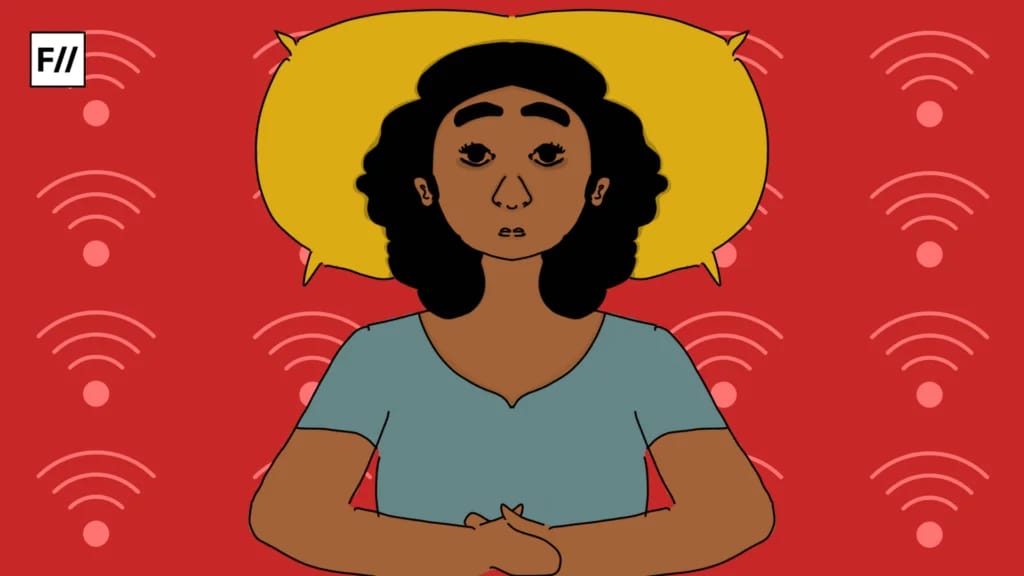Trigger Warning: Child rape
According to the latest report “Crime in India 2022,” published by the National Crime Records Bureau (NCRB) in 2023, crimes against women and children in India witnessed a 4% and 8.7% increase, respectively, in 2022. While numerous incidents of crime, including harassment, violence and even murder, surface daily, the response to such heinous crimes in this class-based society is often influenced by a class perspective.
While numerous incidents of crime including harassment, violence and even murder surface daily, the response to such heinous crimes in this class-based society is often influenced by a class perspective.
The society, media, and state systems tend to shape their sensitivity based on the victim’s social class. Crimes against homeless individuals are often disregarded by these institutions and entities, as the population residing on the streets constitutes one of the most vulnerable segments of society.

Also, the Data of NCRB clearly shows that the majority of crimes against women and children occur within their homes and are often perpetrated by family members or relatives. The National Crime Records Bureau (NCRB) revealed that in 96.8% of total rape cases reported in 2021, the offenders were familiar to the victims. In this scenario, the conditions faced by the homeless seem to be even harsher.
Rape of a seven-month-old baby
On November 30, a resident of the Burtolla police station area in Kolkata approached the police after finding a baby screaming on a footpath. The baby was taken to RG Kar Hospital, where wounds to her private parts revealed that the seven-month-old had been raped. A homeless couple had reported that their daughter was missing a few days earlier, and later they identified her as their daughter. On December 5, the police detained a 34-year-old male from the Gopiballavpur police Station area of Jhargram district, based on CCTV evidence revealing the suspect approaching the crime site multiple times.
The incidents of child rape, encompassing all forms of penetrative assaults, have risen by 96% between 2016 and 2022, according to an analysis of NCRB data by the child rights organisation Child Rights and You (CRY). Subhendu Bhattacharjee, Director of Research and Knowledge Exchange at CRY, attributed this alarming increase in part to heightened public awareness, leading to a greater number of reported cases of sexual offences against children.
Subhendu Bhattacharjee, Director of Research and Knowledge Exchange at CRY, attributed this alarming increase in part to heightened public awareness, leading to a greater number of reported cases of sexual offenses against children.
However, this will only be truly effective if it contributes to a reduction in such crimes. Subhendu Banerjee also highlighted the persistent challenges in ensuring thorough investigations, effective prosecutions, and comprehensive support for victims, despite the positive trend in reporting.
The crisis for street-dwelling children
This incident raised another question, which is about the precarity of children of street dwellers, who often become invisible in spite of coming across our everyday life. These are children who live in extreme poverty, abandoned on the streets or near railway stations, wearing ragged clothes and their bodies crying out malnutrition. These are children who are denied even their fundamental rights, like access to education and life with dignity.

Deprived of their fundamental rights, these children face immense challenges in navigating the harsh realities of their daily lives. Their struggles are further compounded by their vulnerability to exploitation, which is often rooted in their marginalised class and caste identities. These intersecting disadvantages leave them exposed to systemic injustices and social inequalities, making their survival even more difficult.
Absence of reliable data on people living on the streets
The people living on the streets remain unseen and disregarded by both government and society. There is an absence of reliable data regarding the number and conditions of people who live on the streets despite numerous government initiatives, court directives, and interventions by the NHRC. Available reports highlight significant urban disparities. For example, a 2010 survey in Delhi identified 67,151 homeless individuals, but the other surveys have produced conflicting numbers, indicating a lack of uniformity in data collection.
In the case of homeless children, the data remains inconsistent, with significant disparities. According to a report by TIMESNOWNEWS.COM, NGO Rainbow Homes estimates 18 million children living on the streets based on their engagement with children in 10 cities across India, and Save the Children reports 2.8 million. But the Bal Swaraj portal under NCPCR lists only 19,546 homeless children in India.
Lack of access to essentials and documentation
According to the Juris Centre’s report, nearly 97% of children in Kolkata, 99% in Bangalore, and 90% in Chennai reported a lack of access to essential facilities such as toilets and bathing areas. TRIOs Development Support (P) Ltd. conducted a field survey from August 2018 to January 2019; its data indicates that 55% of the surveyed children had an Aadhaar card, 42.2% possessed a birth certificate, and only 35% held a ration card. The highest percentage of children lacking any form of identification documents came from the Scheduled Caste (SC) community.
The highest percentage of children lacking any form of identification documents came from the Scheduled Caste (SC) community.
The analysis of extensive research titled “Spotlight on #TheInvisibles,” carried out by Save the Children, raises the critical issue of missing identification among vulnerable children and highlights the challenges faced by them without official documents.
The precarity of children of street dwellers
A study was done by Save the India and PwC India published its report with the title ‘The World of Urban Children in India’ in 2015. In this report, they mention how in a study of 4,224 street children from Kolkata, Hyderabad, Bhubaneswar, and Jaipur, 90.6% of the children accepted experiencing various risks on the streets, including threats to their lives or limbs, police harassment, parental abuse, and sexual abuse.

Among those who responded, 37.5% said they faced threats to their lives or limbs, followed by police harassment (27.8%), parental abuse (23.8%), theft (23.7%), sexual abuse (13.1%), and other risks (5.3%). Meanwhile, 9.3% of the children did not answer when asked about the dangers they faced.
A 2007 study on child abuse conducted by the Ministry of Women and Child Development revealed the harsh realities faced by street children, whether living with or without their families. In the survey, which included 2,317 respondents from urban areas across 26 districts in 12 states, 54.5% of the respondents reported experiencing either severe or other forms of sexual abuse, underscoring the lack of protection for children living on the streets.
A survey conducted across major cities in India reveals that many children are grappling with chronic health issues and generally poor health conditions because a lack of basic sanitation infrastructure significantly impacts the well-being and hygiene of children, exacerbating their health challenges.
While talking to The Times of India, Kanta Devi from the Nehru Place Chowki, where she lives with a family consisting of 10 members, says, ‘We have been living like this for many years. I have seen my children and grandchildren getting injured.’ ‘It is worse at night when people drive rashly. Sometimes the cars even climb up to the pavements. We fear accidents every day.‘ She adds.
The data presented in this article highlights significant issues concerning street children, but it is important to note that you can find some data old.
The data presented in this article highlights significant issues concerning street children, but it is important to note that some of the data is old. This is primarily due to the lack of regular and systematic studies focusing on street dwellers. These children are often overlooked and not considered a priority, leading to a scarcity of consistent and reliable data. Even the recent data available is conflicting and varies significantly, making it difficult to gain a clear picture of their situation.

This inconsistency arises from the absence of a centralised and organised system for collecting and analysing information about children living on the streets. Most studies focus on specific regions or urban areas and fail to provide a comprehensive view of the situation across the entire country. Their situation highlights the stark disparities that exist, calling for immediate action to provide them with the protection, care, and opportunities they desperately need to protect and improve their lives.





